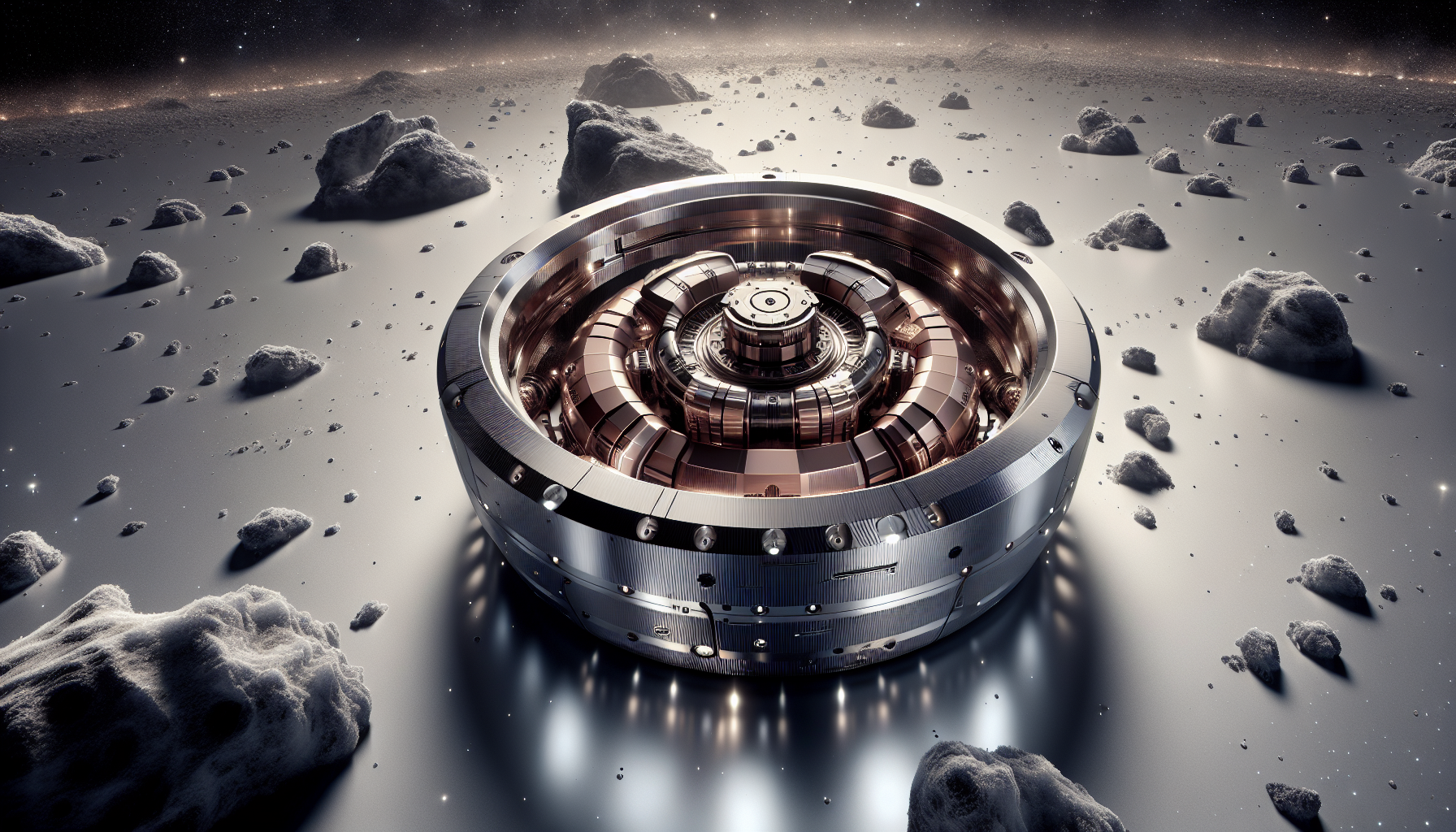A Material That Remembers-Even in Deep Space
Imagine a spacecraft that can flex, twist, and recover its shape flawlessly, even in the bone-chilling cold of deep space. Until now, this was a distant dream for engineers. But a new copper-based shape-memory alloy (SMA), announced in July 2025, is poised to change the rules of space exploration. If you care about the future of space travel-or just love a good story of scientific ingenuity-this breakthrough is worth your attention.
Why Spacecraft Need Shape-Memory Alloys
Space is unforgiving. Temperatures can plunge to -200C or lower, especially on the moons of Jupiter or in the shadowy reaches beyond Pluto. Traditional SMAs, which are prized for their ability to "remember" and return to a set shape when heated, have long been used in aerospace for things like deployable antennas and robotic arms. But their Achilles' heel has always been the cold. Below a certain temperature, they simply forget their shape, becoming brittle and unreliable.
The Breakthrough: Copper-Based SMA That Thrives in the Cold
The new alloy, developed by a team of materials scientists and detailed in Universe Today, is a game-changer. It's primarily copper, with a secret blend of trace elements that supercharge its performance at low temperatures. In lab tests simulating the harshest space conditions, this alloy endured over 10,000 cycles of deformation and recovery at -200C, retaining 95% of its original shape-memory capacity. That's not just impressive-it's unprecedented.
How Does It Work?
Shape-memory alloys rely on a unique atomic structure that can shift between two phases. When deformed, the atoms rearrange. Add heat, and they snap back to their original configuration. The challenge has always been that, at extremely low temperatures, this transformation stalls. The new copper-based SMA sidesteps this problem, maintaining its flexibility and memory even in the deep freeze. The exact recipe is proprietary, but the researchers emphasize its cost-effectiveness compared to traditional nickel-titanium SMAs.
What This Means for Spacecraft Design
Reliability is everything in space. Components must work perfectly for years, with no chance of a repair call. The new alloy's durability means spacecraft can be equipped with more robust, flexible parts-think deployable solar panels, antennas, or even self-healing structures. For missions to Europa, Saturn's moons, or the Kuiper Belt, this could be the difference between success and failure. The alloy's resilience also opens doors for more ambitious designs, allowing engineers to dream bigger and bolder.
Beyond Space: Earthly Applications
While the stars are calling, the impact of this alloy could reach much closer to home. Cryogenics, Arctic engineering, and even medical devices could benefit from materials that stay flexible and reliable in extreme cold. Imagine oil pipelines in Siberia that flex instead of cracking, or surgical tools that adapt to the body's temperature. The possibilities are as vast as the environments this alloy can withstand.
What's Next?
The research team is already working with space agencies to integrate the alloy into upcoming missions. NASA's planned Europa Clipper and the next generation of space telescopes are prime candidates. Of course, real-world testing in the vacuum and radiation of space will be the ultimate proof. Some experts urge caution, noting that lab results don't always translate perfectly to orbit. But the excitement is palpable-this is a rare moment when a material science breakthrough could reshape the future of exploration.
In a universe where the cold is often the enemy, a material that remembers its shape at -200C is more than a technical achievement-it's a promise that the boundaries of exploration are meant to be pushed, not feared.
